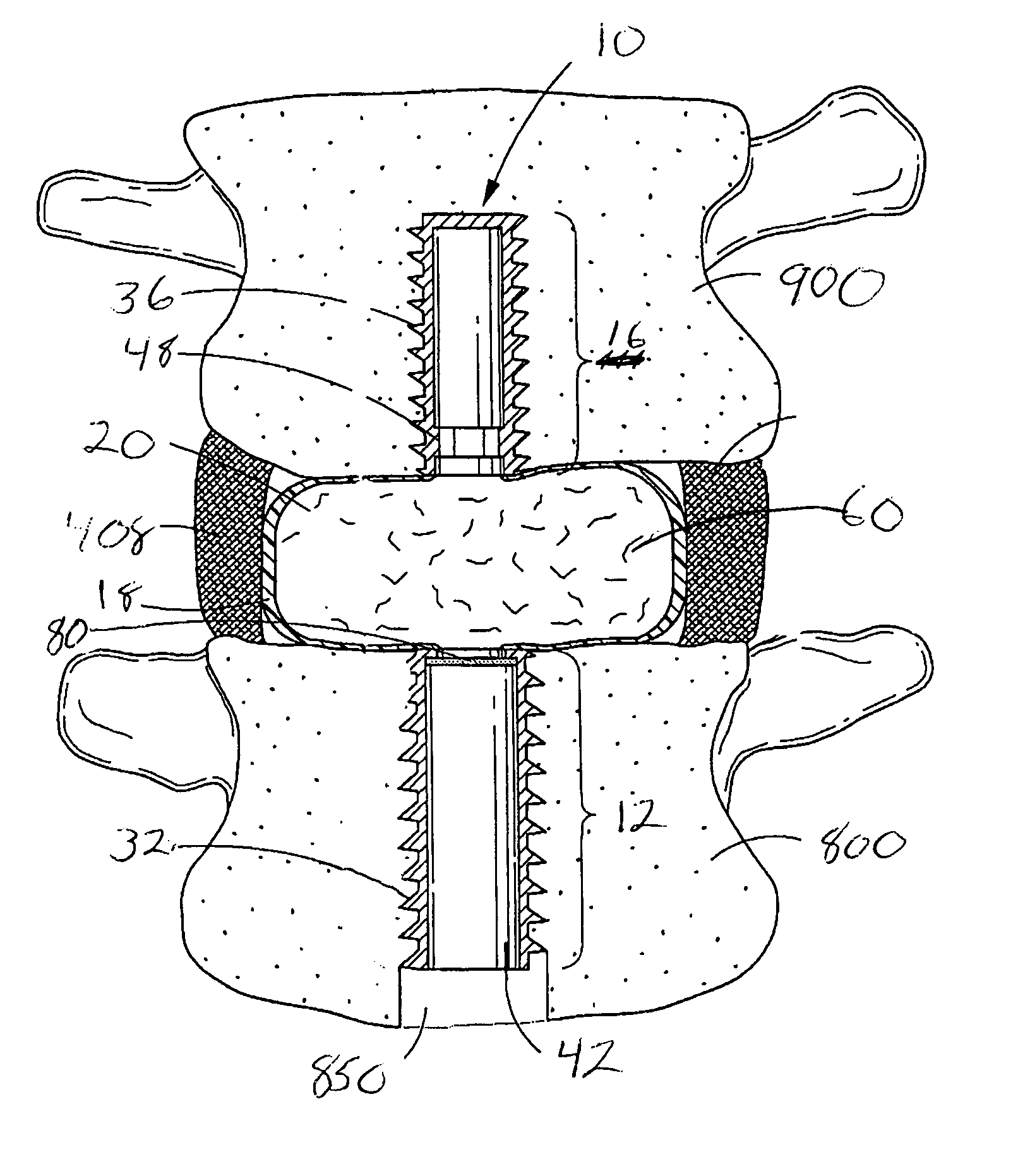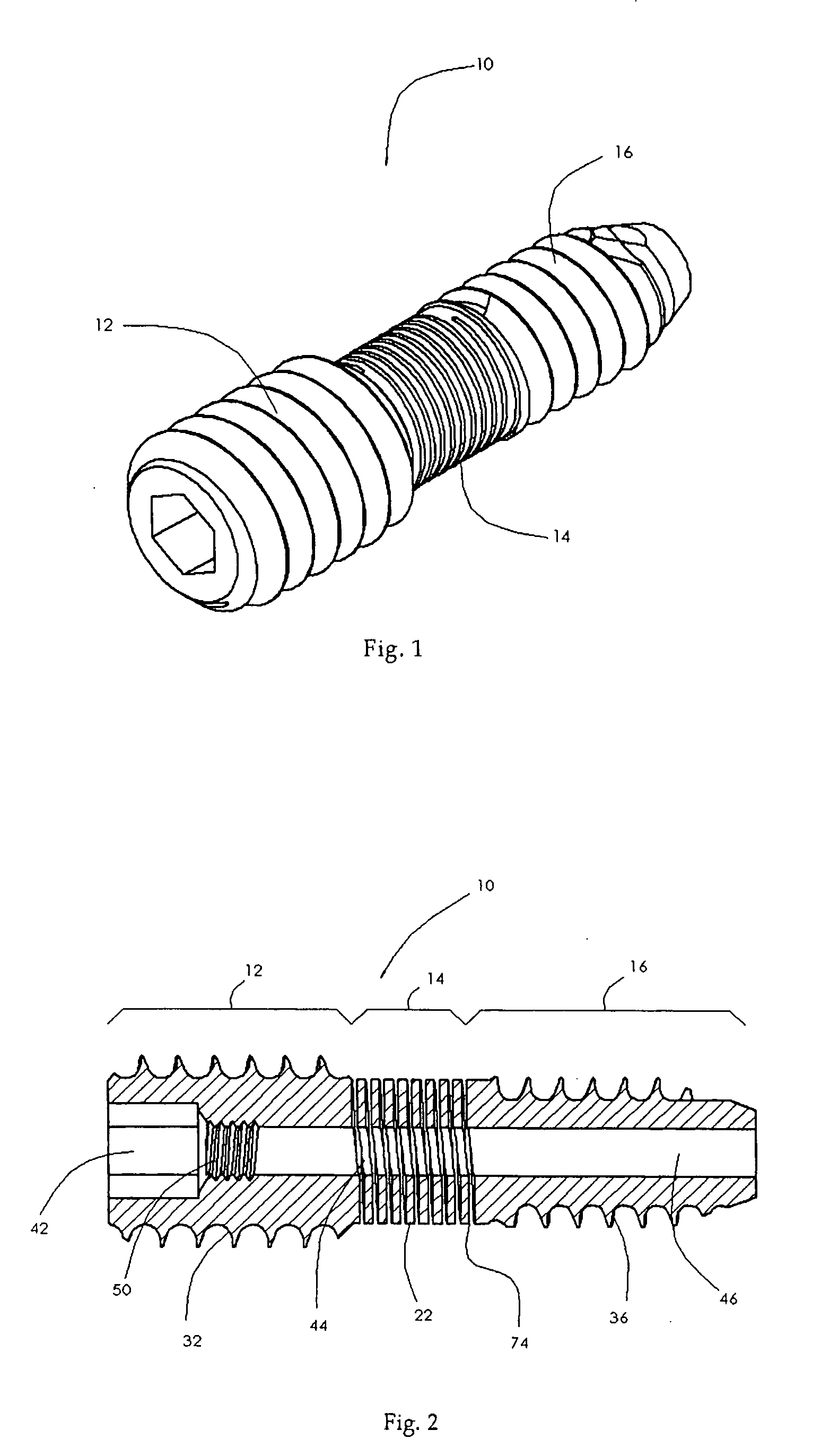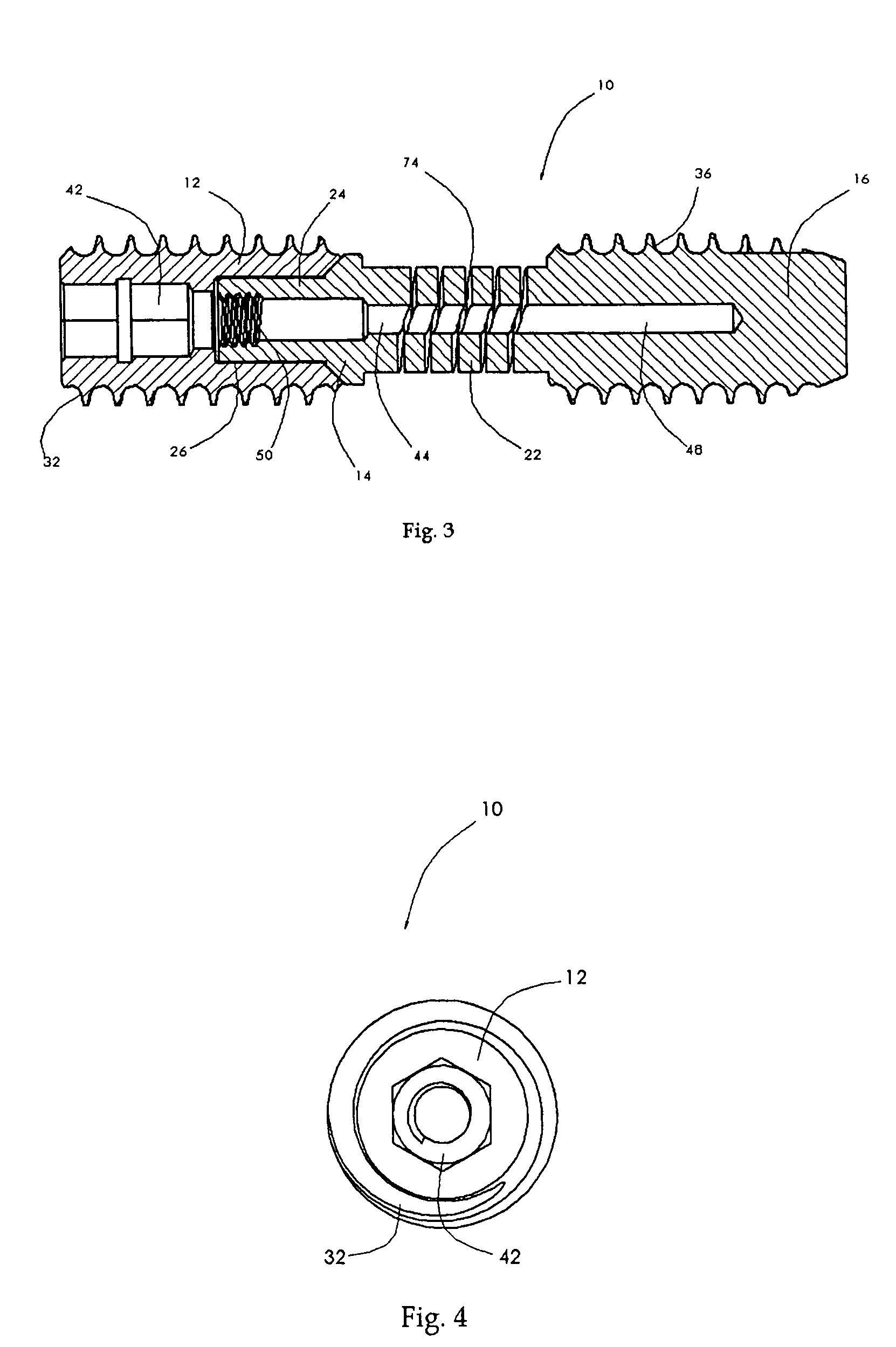Chronic lower
back pain is a primary cause of lost work days in the United States.
It is also a significant factor affecting both workforce productivity and health care expense.
In addition, statistics show that only about 70% of these procedures performed will be successful in achieving this end.
Yet, statistics show that only about 70% of these procedures performed will be successful in relieving pain.
The force generated by the
back muscles results in compression of spinal structures.
Gravitational injuries result from a fall onto the
buttocks while muscular injuries result from severe
exertion during pulling or lifting.
A serious consequence of the injury is a fracture of the vertebral end plate.
However, if the end plate does not heal, the
nucleus can undergo harmful changes.
The disc may collapse or it may maintain its height with progressive annular tearing.
In rotation, only 50% of the collagen fibers are in tension at any time, which renders the annulus susceptible to injury.
The spine is particularly susceptible to injury in a loading combination of rotation and flexion.
If the rotation continues, the facet joints can sustain
cartilage injury, fracture, and capsular
tears while the annulus can tear in several different ways.
Any of these injuries can be a source of pain.
Prior devices have typically not preserved, restored or otherwise managed these six ranges of motion.
With aging, the nucleus becomes less fluid and more viscous and sometimes even dehydrates and contracts causing
severe pain in many instances.
Intervertebral disc degeneration, which may be marked by a decrease in
water content within the nucleus, can render the intervertebral discs ineffective in transferring loads to the annulus
layers.
In addition, the annulus tends to thicken, desiccate, and become more rigid with age.
This decreases the ability of the annulus to elastically deform under load which can make it susceptible to fracturing or fissuring.
The
fissure itself may be the sole morphological change, above and beyond generalized degenerative changes in the
connective tissue of the disc, and disc fissures can nevertheless be painful and debilitating.
Another disc problem occurs when the disc bulges outward circumferentially in all directions and not just in one location.
Mechanical stiffness of the joint is reduced and the spinal motion segment may become unstable, shortening the
spinal cord segment.
As the disc “roll” extends beyond the normal circumference, the
disc height may be compromised, and foramina with nerve roots are compressed causing pain.
Although damaged discs and vertebral bodies can be identified with sophisticated diagnostic imaging, existing
surgical interventions so extensive and clinical outcomes are not consistently satisfactory.
Furthermore, patients undergoing such
fusion surgery experience typically have significant complications and uncomfortable, prolonged
convalescence.
Weakening of the annulus may lead to disc bulging and herniation.
However, if these treatments are unsuccessful, progressively more active interventions may be necessary.
However, many of these devices are susceptible to movement between the vertebral bodies.
Further, they may erode or degrade.
Some of these drawbacks relate to the fact that their deployment typically involves a virtually complete
discectomy achieved by instruments introduced laterally through the patient's body to the disc site and manipulated to
cut away or
drill lateral holes through the disc and adjoining
cortical bone.
The endplates of the vertebral bodies, which comprise very hard
cortical bone and help to give the vertebral bodies needed strength, are usually weakened or destroyed during the drilling.
If these structures are injured, it can lead to deterioration of the disc and altered disc function.
Not only do the large laterally drilled hole or holes compromise the integrity of the vertebral bodies, but the
spinal cord can be injured if they are drilled too posteriorly.
In general, the disc is more susceptible to injury during a twisting motion, deriving its primary protection during rotation from the posterior facet joints; however, this risk is even greater if and when the annulus is compromised.
Moreover, annulus disruption will remain post-operatively, and present a pathway for device
extrusion and migration in addition to compromising the physiological
biomechanics of the disc structure.
 Login to View More
Login to View More 


